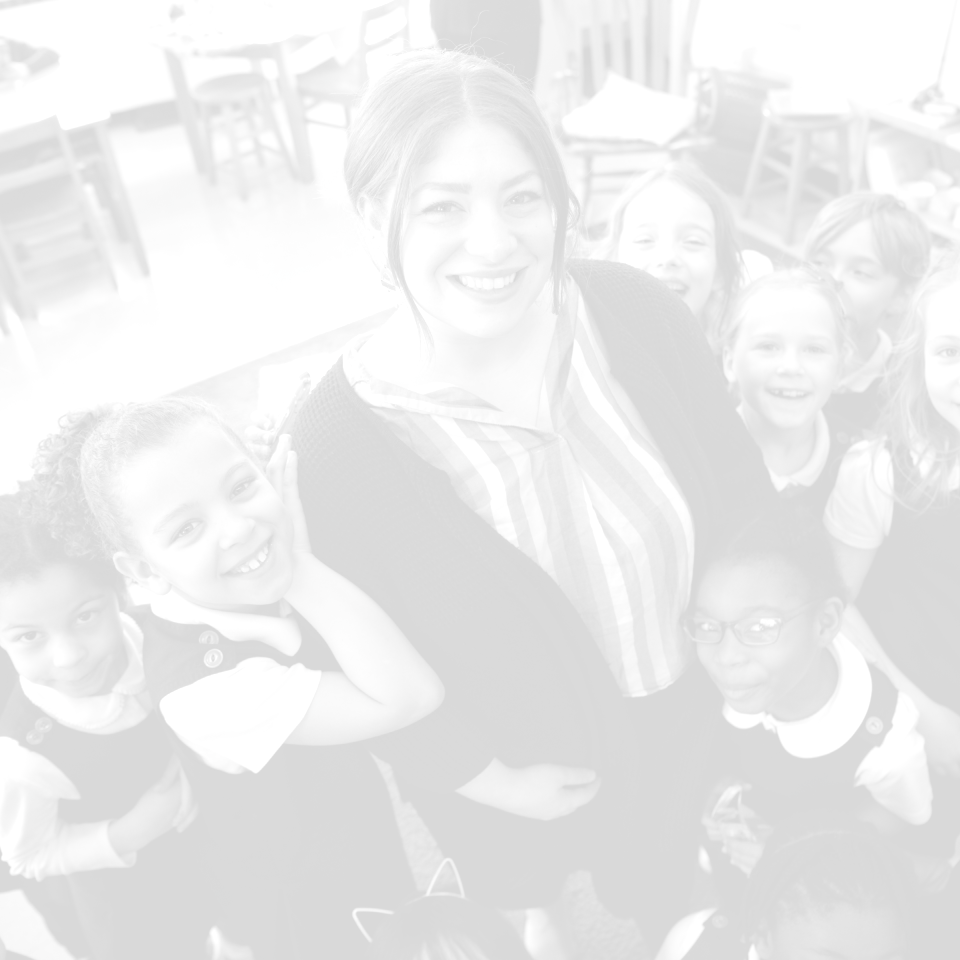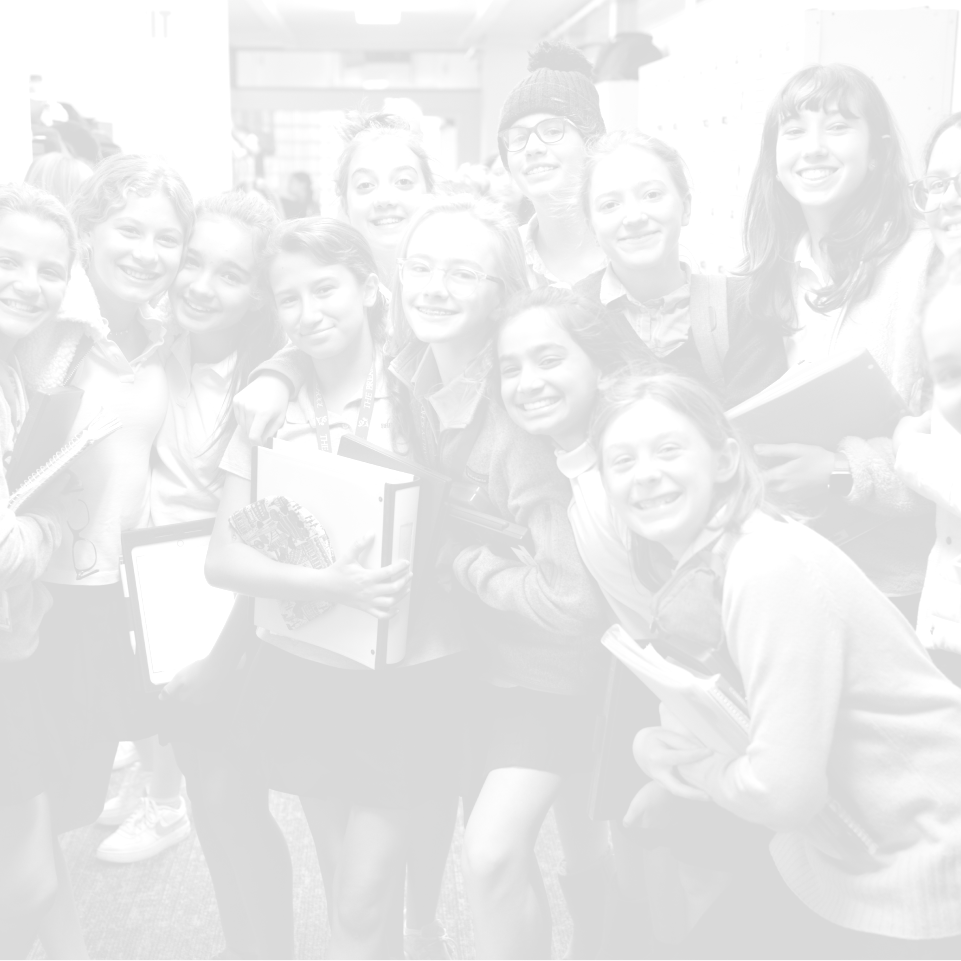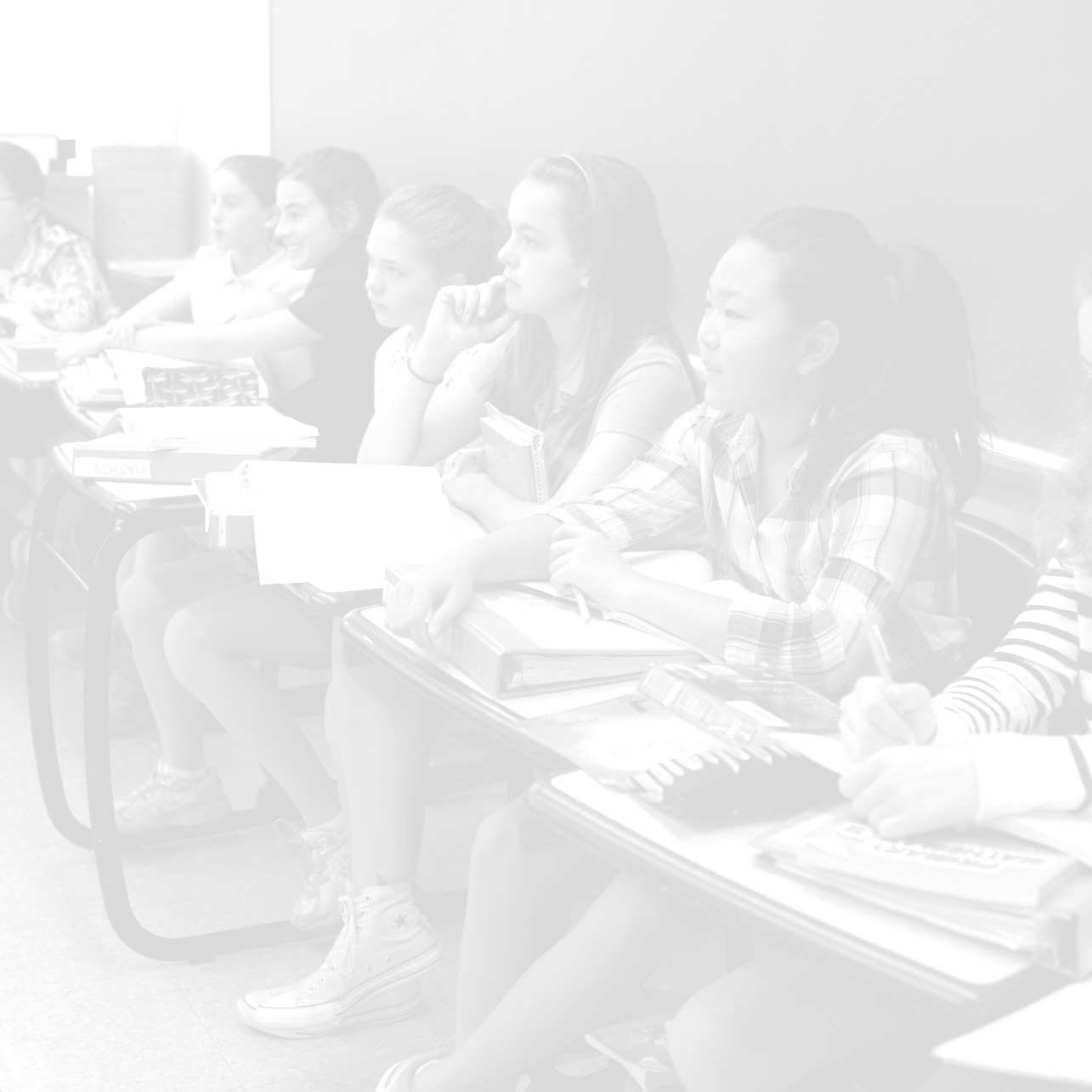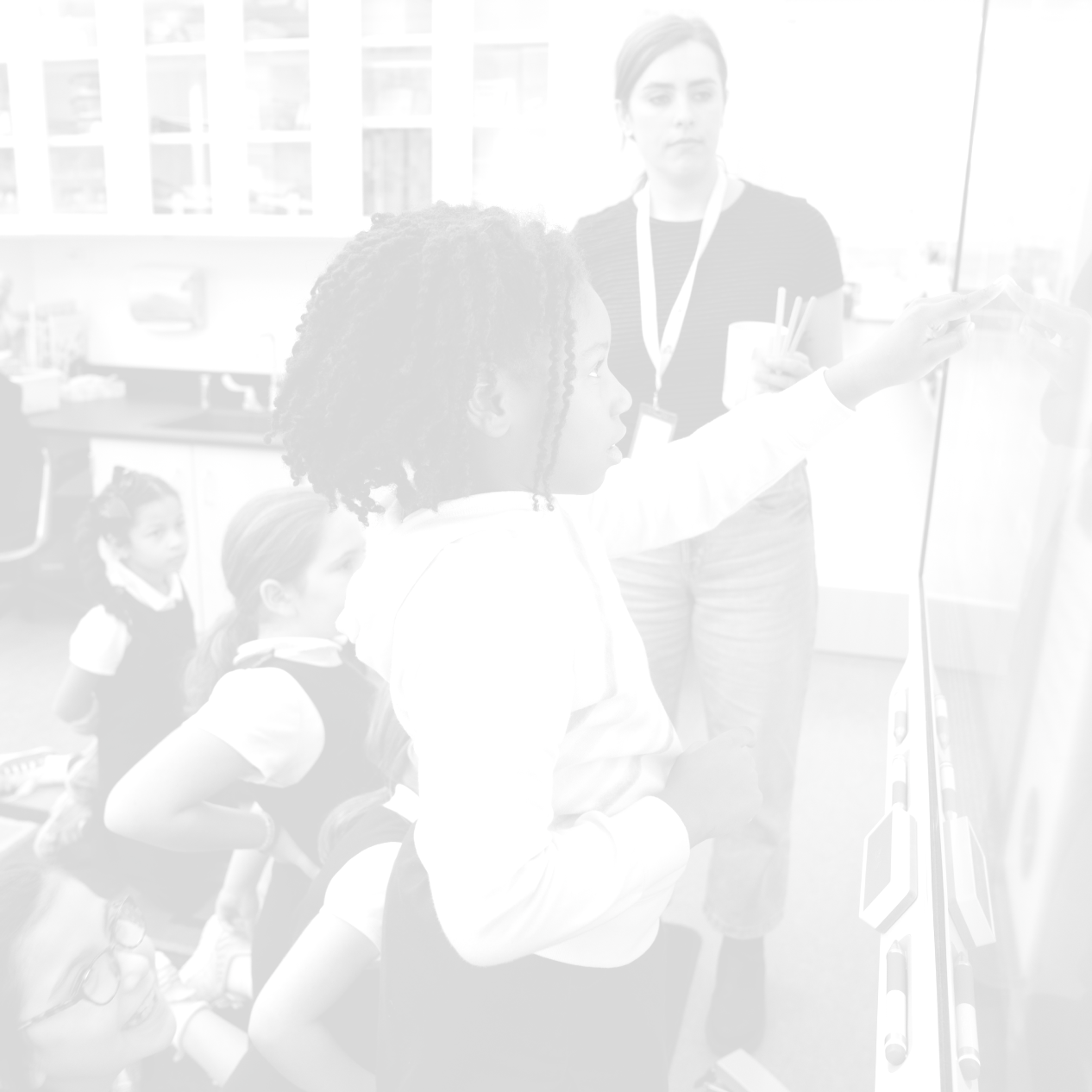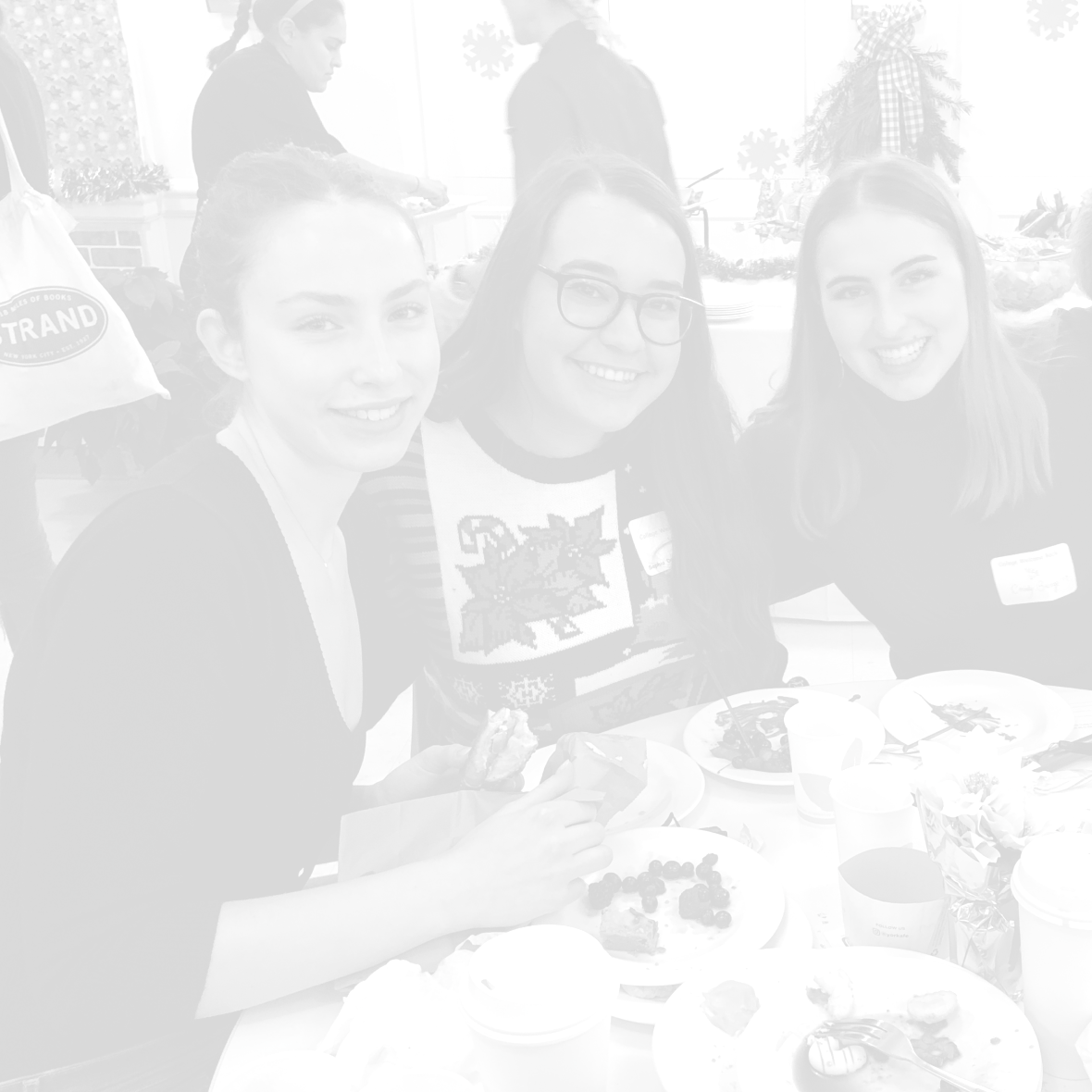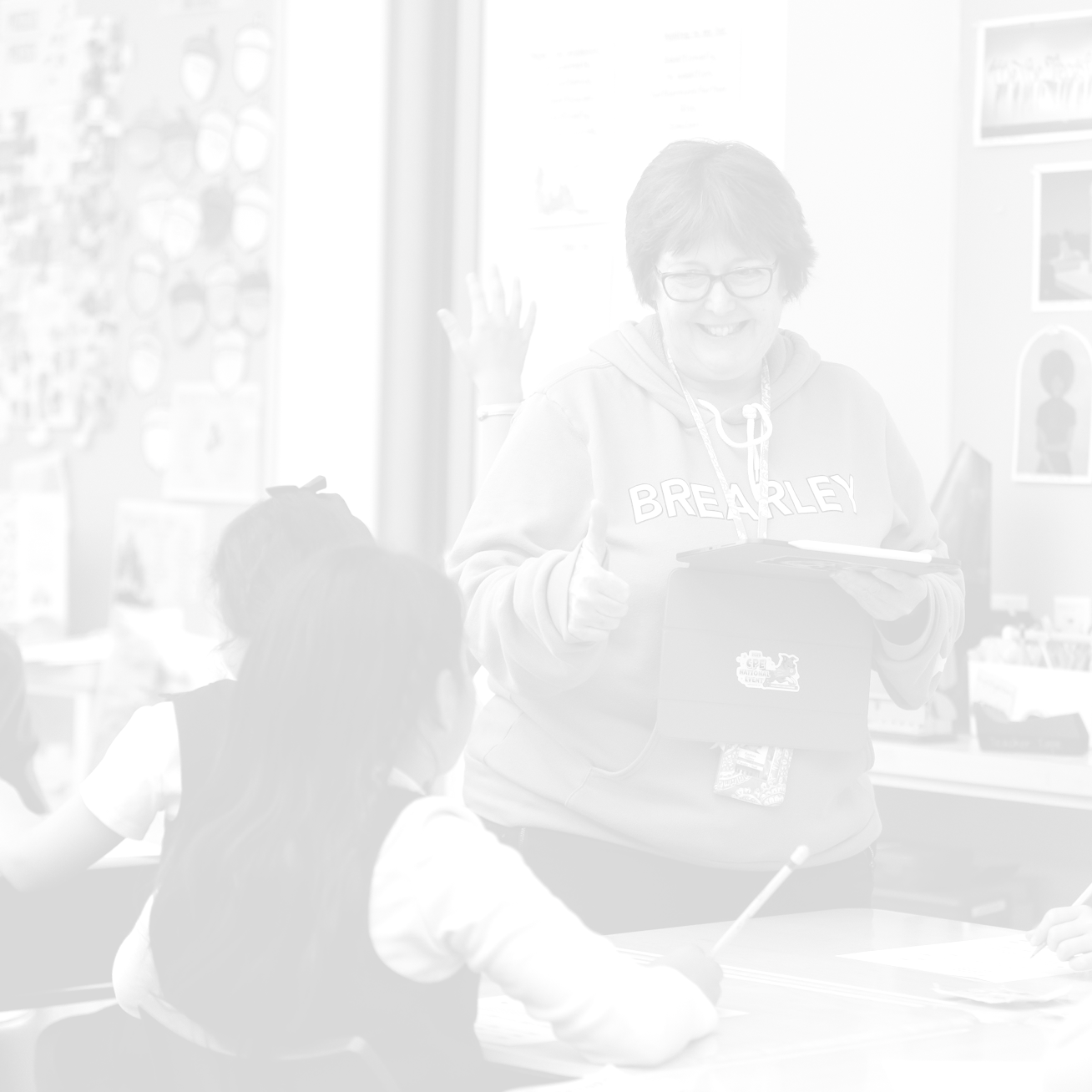What does success mean to Brearley students?
Seven years ago, Professor Akinola ‘92 and I began thinking about how Brearley could guide students in developing an authentic sense of what success meant to them. Familiar with the many ways our US students and alumnae serve their communities, we asked ourselves when that sense of purpose to something greater than oneself kicked in and how might an exploration of all the variables that contribute to a young person feeling successful be helpful to students as they make their way through Brearley. We, along with Mr. Brownell, Head of Middle School Student Life, initiated a set of class-level conversations that we called START (Success Through Affirmational Reflection Time), the details of which were described in the Spring 2019 issue of the Bulletin.
A key element of START includes inviting students to reflect on what they are doing when they are “their best selves.” We intentionally chose this language instead of “success” to see if we could broaden their definition of success.
As one might imagine, our initial conversations with students indeed revealed a rather narrow definition of success that focused on grades and goal attainment. While we want to encourage our students’ academic achievement, we know that a list of goals achieved at the end of the year does not tell the full story of what I, the division leaders and teachers witness in our students’ daily behavior and long-term aspirations.
Brearley students demonstrate care for their families, one another and the broader world. Even at a young age, they educate themselves and others about issues they feel are unfair and take steps to make a positive change. To affirm these qualities, START includes having students reflect on what makes them feel “connected” or when they experience a sense of “balance” in their lives. Students respond relatively quickly to this affirmational aspect of the program, as one class’s word clouds from two successive years reveal. In Year One, the most often cited words when asked “What makes you feel at your best?” are good and test, whereas in Year Two, good and friends are the most common responses. Test still appears in the second set of data, but it's listed alongside words such as well, family, eat, doing, school, time and confidence. In small group conversations about these responses, students refer to good broadly—good student, good friend, good member of her community. START is a beginning of a lifelong process for girls and women to see themselves as whole and not only a list of achievements, which, in my experience, can leave one feeling unfulfilled and primed only to take on the next goal.
Through START we are beginning to hear students articulate the context in which they set and work toward their goals—“I’m disappointed that the test did not go as well as I had hoped” can be experienced alongside “I put forth my best effort” and “I’m a good community member.” All of these qualities are important to being one’s “best self.”
Over time, the program has morphed and changed based on student feedback and insight gained from anonymous data we collected in partnership with Columbia University. For example, when we learned that young middle school students were ready to think about the various relationships and experiences in their lives that contribute to an overall sense of success, we shifted the program to our youngest Middle School students and are “growing” them out through MS and into Upper School next fall. Helping students center the full context for being their “best selves” has expanded beyond START to MS annual themes, such as “Brave, Not Perfect” and this year’s “Act for All,” and advisory where, for example, lessons in preparation for Class VII and VIII exams covered similar topics, including work on mindfulness and reframing negative self-talk.
At the outset, we were hopeful that cultivating students’ ability to identify actions and experiences that contributed to being their ‘best selves'' would sustain them during moments of disappointment or challenge. Seven years later, we see START as one counterbalance to the external pressures girls and young women can feel when they compare themselves to others, be they peers or images and stories on social media. The CDC’s recent report showing significant increases of “sadness” and exposure to violence among teenage girls and LGBTQ+ youth recommends “school connectedness,” as well as access to mental health services and health education, in response to these concerning trends. The report is a reminder that school programming and staff dedicated to developing the whole child and creating a sense of belonging for all students are critical not only for academic performance but also wellness.
We will continue to refine this work at Brearley with a focus on real-life connection with one’s values and community. Our last session invited students to highlight the qualities they see in friends who are their “best selves” and also those of a successful Middle School class. Once the small groups shared their thoughtfully constructed lists, students turned their attention to the final question. “Which of these qualities do you see in your class and which ones do you think your class needs to continue to work on?” Without hesitation, they identified wanting to feel more connected to one another, including those with whom they may not yet have close relationships.
